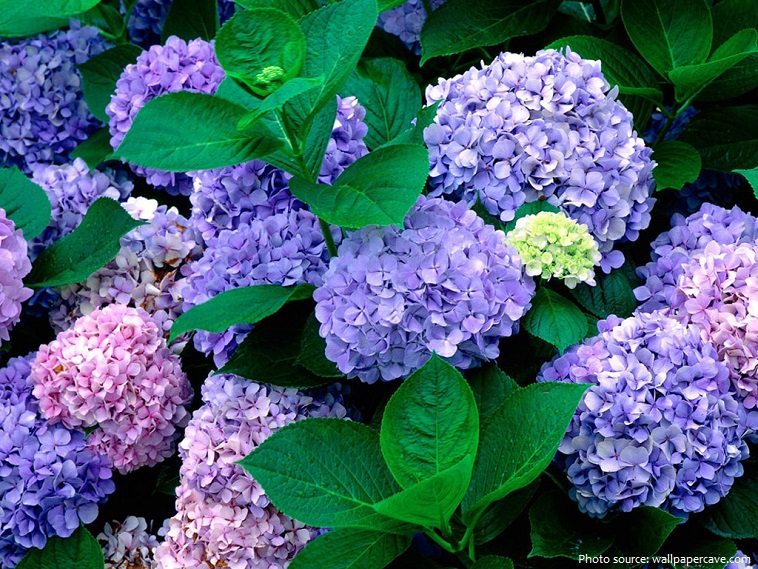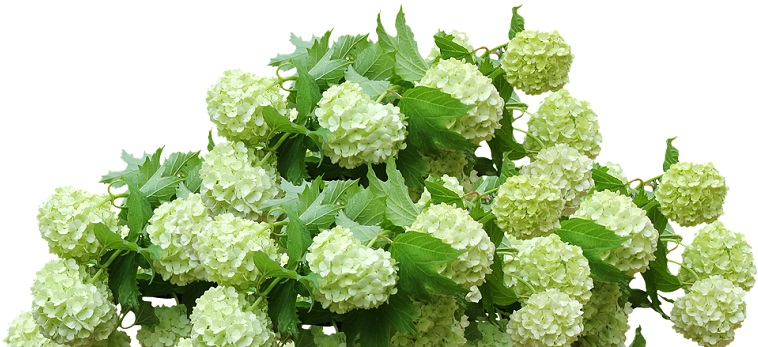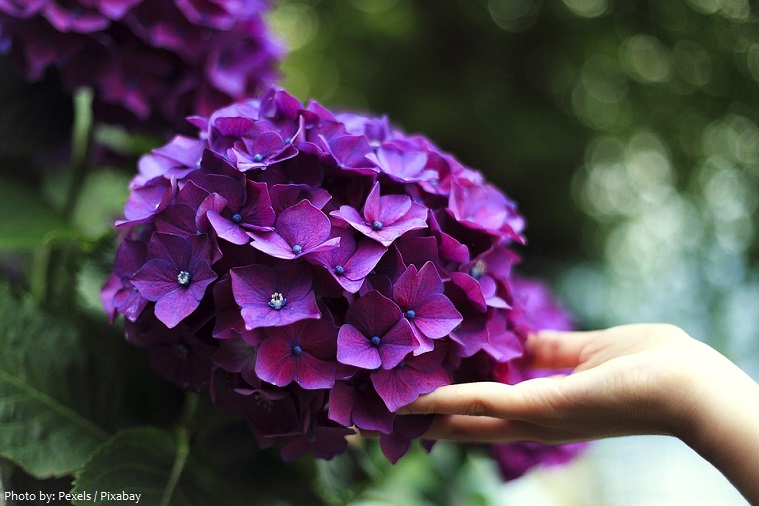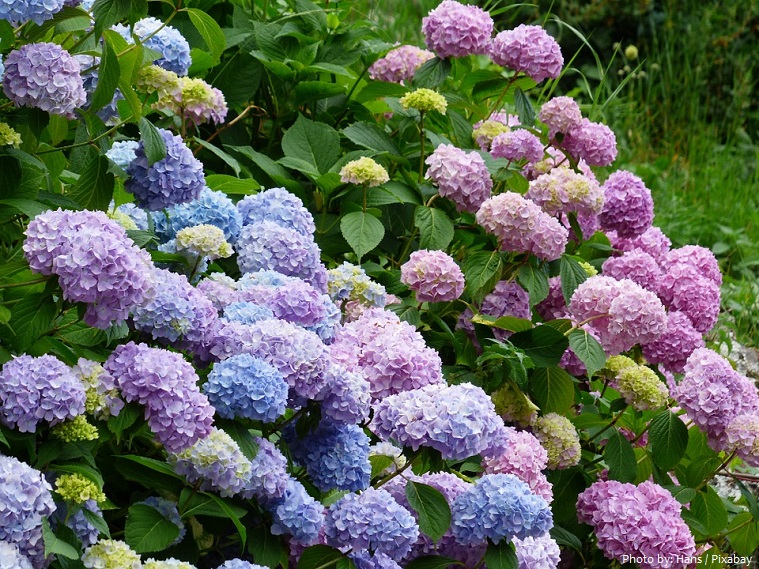Hydrangea also known as Hortensia is a genus of flowering plants.
There are about 70 to 75 species of hydrangeas.
They are native to southern and eastern Asia (China, Japan, Taiwan, Korea, the Himalayas, and Indonesia) and the Americas.
The hydrangea was first cultivated in Japan, but ancient hydrangea fossils dating back to 40-65 million years ago have been discovered in North America. Hydrangeas didn’t appear in Europe until 1736 when a colonist brought a North American varietal to England.
Hydrangea can be either deciduous or evergreen, though the widely cultivated temperate species are all deciduous.
Most are shrubs 1 to 3 meters (3.3 to 10 feet) tall, but some are small trees, and others lianas reaching up to 30 meters (98 feet) by climbing up trees.
In most species the flowers are white, but in some species, can be blue, red, pink, light purple, or dark purple.
Hydrangeas are very popular both as cut flowers and plants for the garden because of their big, beautiful blooms. Plus, they smell fantastic! Just as popular in bridal bouquets as a country garden, these flowers are loved for their versatility.
The hydrangea symbolism for each color is as follows:
• Red hydrangeas symbolize love and gratitude
• Pink hydrangeas symbolize romance, heartfelt emotions, love, weddings, and marriage
• Blue hydrangeas symbolize lack of affection or enthusiasm and apology
• White hydrangeas symbolize purity, grace, abundance, and bragging or boasting
• Purple hydrangeas symbolize a desire to deeply understand someone
Hydrangeas are often given on 4th wedding anniversaries to symbolize appreciation and heartfelt emotion.
The color of hydrangeas, except for white hydrangeas, depends on the acidity of the soil. You can make pink hydrangeas turn blue by increasing the acidity of your soil. You can increase the acidity by adding coffee grounds, citrus peels, and crushed egg shells.
Hydrangea serrata is a species of hydrangea which Buddhists drink in a sweet tea as part of a cleansing ritual. The tea is said to help treat autoimmune disorders as well as malaria, kidney stones and enlarged prostate.
The name “hydrangea” comes from the Greek “hydor,” meaning water, and “angos,” meaning jar or vessel. This roughly translates to “water barrel,” referring to the hydrangea’s need for plenty of water and its cup-shaped flower.
In Japan, the flower has a historical tradition behind it linked to apologies and gratitude. An emperor supposedly gave Hydrangeas to a maiden he loved as an apology for neglecting her when other business took up all his attention.




